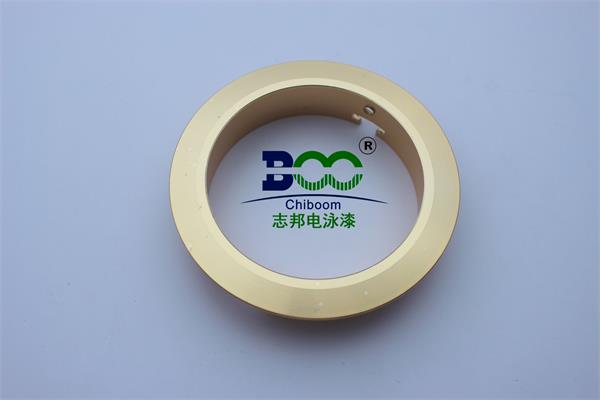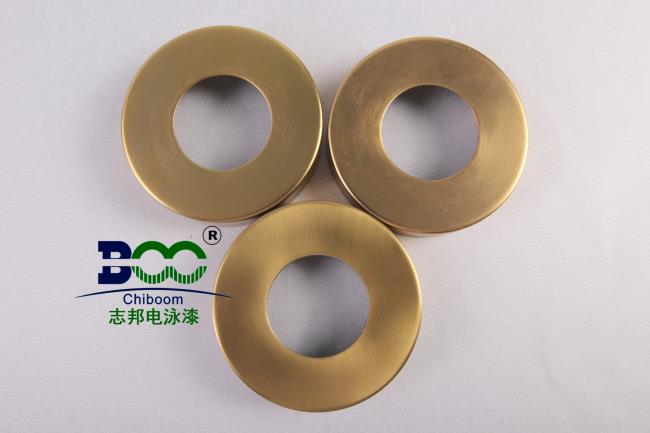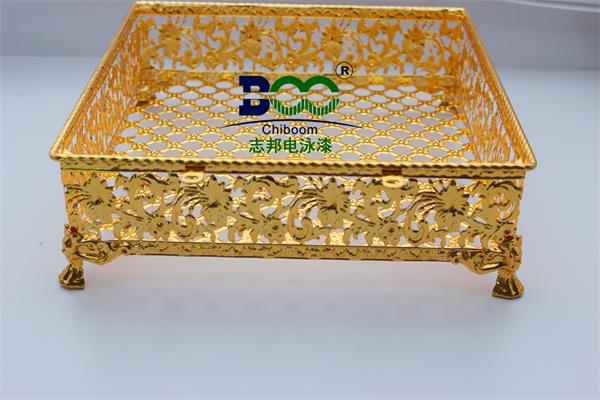How to deal with bubbles on electrophoretic paint surface
Electrophoretic painting is a common surface treatment process used in automotive manufacturing, metal processing, and other fields. It provides the workpiece with good corrosion resistance and an aesthetically pleasing surface. However, the appearance of bubbles on the electrophoretic paint surface is a troublesome problem. It not only affects the appearance but also may reduce the protective performance of the coating, impacting the product’s quality and service life. So, how can we remove bubbles from the electrophoretic paint surface? To solve this problem, we first need to understand the causes of bubble formation.

Generally speaking, the formation of bubbles on the electrophoretic paint surface may be related to inadequate pretreatment. If there are impurities such as oil污垢, rust, or dust on the surface of the workpiece, these impurities will become sources of gas release during the electrophoretic process. As the electrophoresis proceeds, these gases will form bubbles. In addition, the properties of the electrophoretic paint itself may also lead to bubble formation. For example, if the viscosity of the electrophoretic paint is too high, it will result in poor fluidity of the paint, making it difficult to form a uniform coating during the electrophoretic process and easily encapsulating gas to form bubbles. An unreasonable solid content of the electrophoretic paint will also affect the quality of the coating and the formation of bubbles. At the same time, the control of electrophoretic process parameters is also an important factor that affects bubble formation. Excessively high electrophoretic voltage can cause electrolysis of the electrophoretic paint, generating gas. An excessively long electrophoretic time will also increase the possibility of gas generation, thus leading to bubble formation.
After understanding the causes of bubble formation, we can take targeted measures to address them. For bubble problems caused by inadequate pretreatment, we need to re-pretreat the workpiece. This includes strengthening degreasing, derusting, and phosphating processes to ensure the surface of the workpiece is clean and free of impurities. For the electrophoretic paint itself, we can adjust its formulation. For example, we can appropriately reduce the viscosity to make the paint easier to flow and reduce bubble formation. At the same time, adjust the solid content according to the actual situation to achieve a suitable ratio. In addition, it is necessary to reasonably set the electrophoretic voltage and time. Generally speaking, the electrophoretic voltage should not be too high, and the time should not be too long to avoid the generation of excessive bubbles. We can determine the optimal electrophoretic parameters through experiments to minimize the risk of bubble formation while ensuring the quality of the coating.
During the electrophoretic process, we can also take some measures to eliminate bubbles. For example, we can add an appropriate amount of defoamer to the electrophoretic paint to reduce bubble formation. The defoamer can destroy the surface tension of the bubbles, causing them to burst and thus achieving the effect of defoaming. In addition, setting up defoaming devices, such as defoaming rods, in the electrophoretic tank can also effectively eliminate bubbles and ensure the smooth progress of the electrophoretic process.
If bubbles have already appeared on the electrophoretic paint surface, we can repair them through post-treatment. For smaller bubbles, we can use fine sandpaper to grind them down and make the surface smooth, then respray a layer of electrophoretic paint to restore the smoothness of the coating. For larger bubbles, it may be necessary to remove the coating and重新 perform electrophoretic painting to ensure the quality and integrity of the coating.
Although the problem of bubbles in electrophoretic painting is common, it can be effectively solved as long as we understand its causes and take corresponding measures. In actual operation, we need to select appropriate treatment methods according to the specific situation and strictly control each process link to ensure the quality and effect of electrophoretic painting. This will result in a coating with excellent performance and beautiful appearance, enhancing the product’s market competitiveness.





 WeChat
WeChat